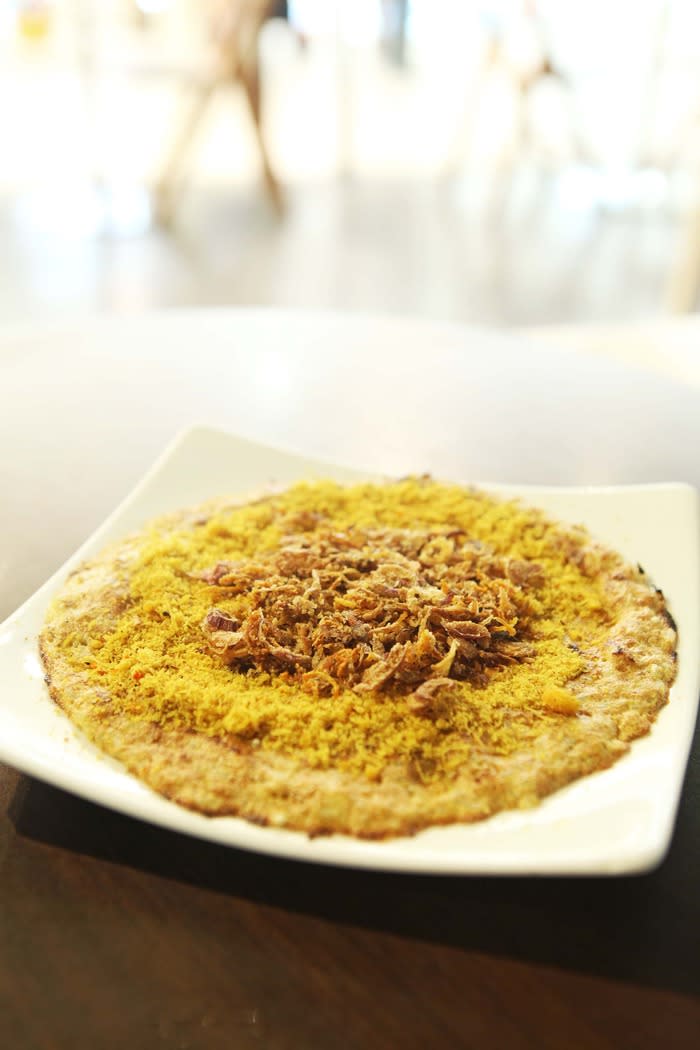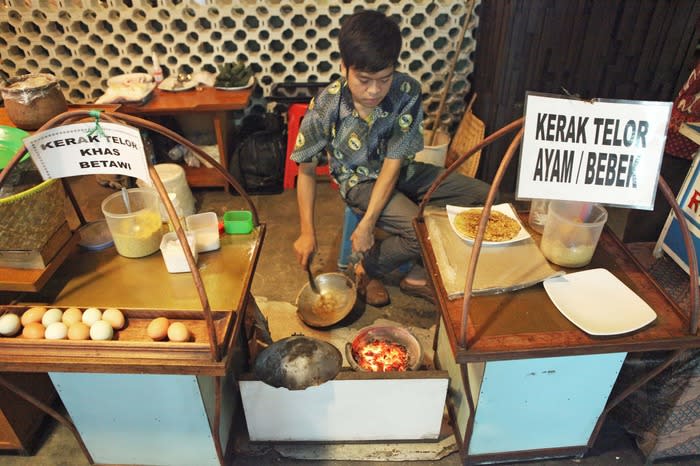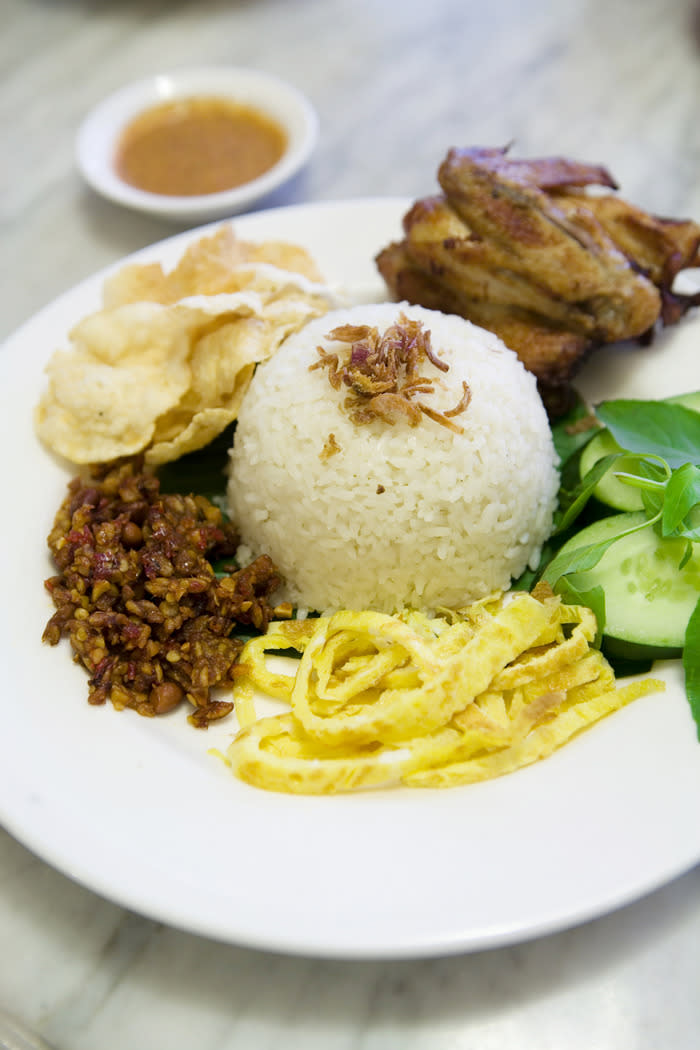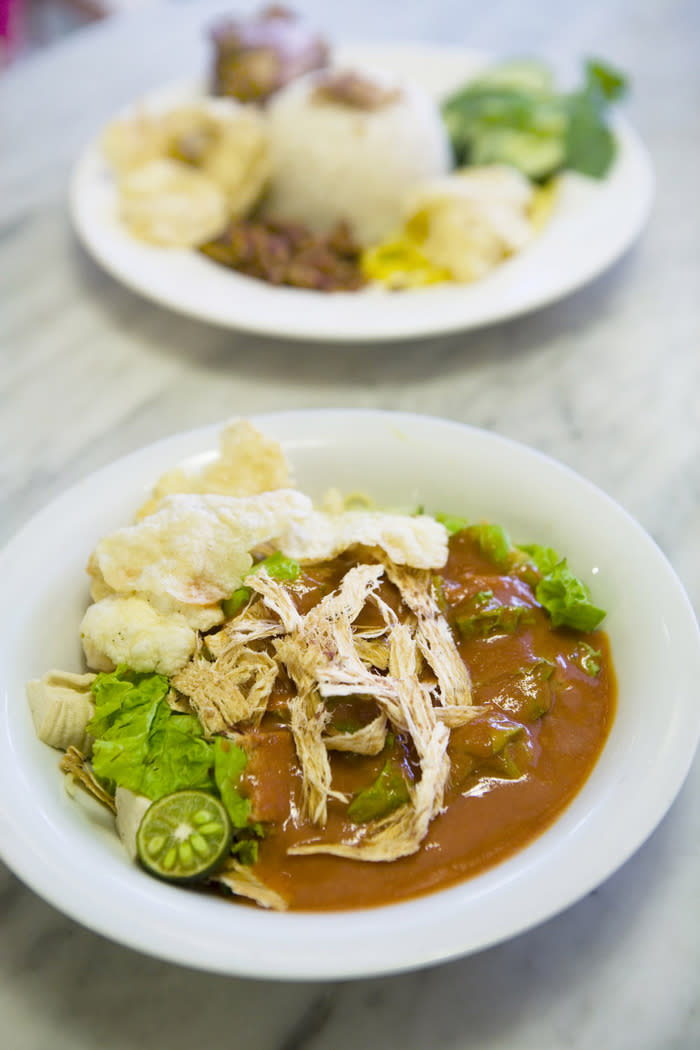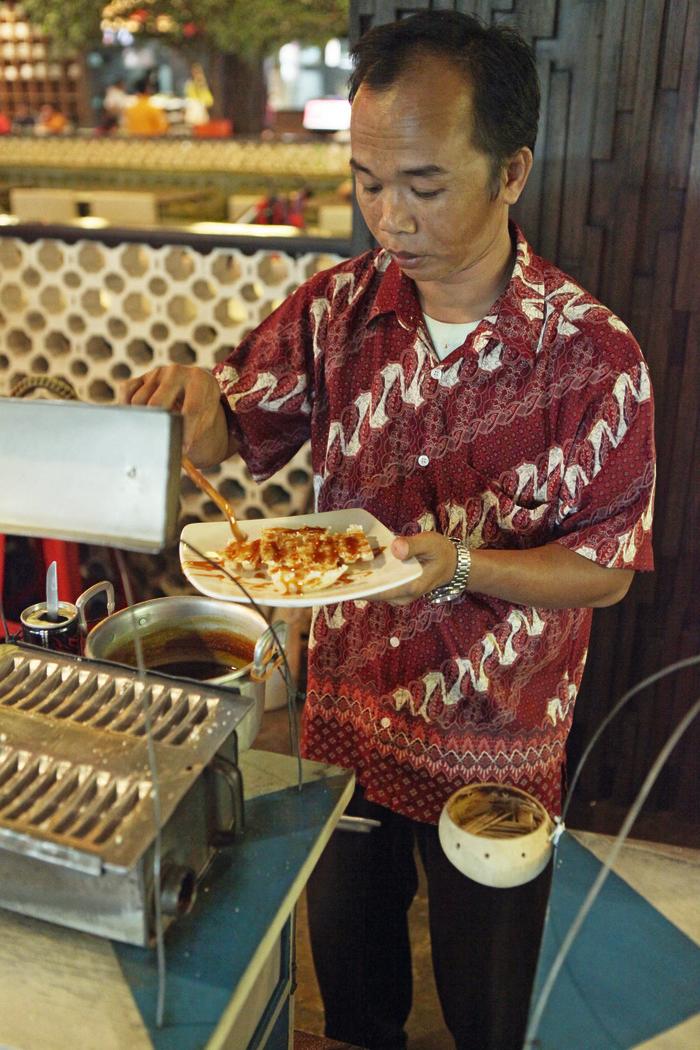Jakarta's traditional treats
Jakarta can often stink of exhaust smoke, clove cigarettes or the artificial scent of air-conditioned buildings.
But it can, at times, smell delicious, thanks to its culinary heritage, which is influenced by the Arab, Chinese and Malay cultures.
The city's cuisine scene is constantly evolving thanks to the seemingly endless stream of trends and influences—it's red velvet cakes one day and macaroons the next.
Several of the city's culinary treats, often associated with the city's Betawi culture, have left their mark and are now considered "traditional."
The Jakarta Post Travel has picked five of them for you to sample on your Jakarta gastronomic adventure.
Kerak telor
A must-have snack at the annual Jakarta Fair (PRJ), kerak telor is the city's traditional omelet made with rice, chicken or duck eggs and ebi (dried shrimp).
The name kerak (crust) is derived from the batter, which is cooked in a small clay wok until it is crusted and slightly scorched.
This snack is topped with ingredients such as toasted coconut, chili, kencur (lesser galangal), ginger, pepper, salt or granulated sugar, which gives this treat a delicious, savory taste that leaves you wanting more.
If you missed eating it at PRJ, you can still find kerak telor at Betawi Culture Village in Setu Babakan, South Jakarta. Or visit Warung Si Doel in Flavor Bliss food court in Alam Sutera, Serpong. Several of the city's shopping malls also serve kerak telor in their food courts.
Nasi uduk
There is likely to be a stall serving nasi uduk in almost every corner of Jakarta. The dish is rice cooked in coconut milk.
The authentic betawi nasi uduk comes with side dishes such as kering tempe (sweet fried soybean cake), peanut sauce and semur (a rich meat stew with cinnamon, cloves and sweet soy sauce).
You can savor this delicious meal in restaurants such as Kafe Betawi, which has a number of outlets in shopping centers, or Warung Si Doel. Or Nasi Uduk "Puas" Zainal Fanani on Jl. Kebon Kacang VIII/5, Central Jakarta for an even more authentic experience.
Ketupat laksa Betawi
The name "laksa", meaning "many" in sanskrit. The name was likely chosen because this dish uses a myriad of spices.
Adopted from Malay and Chinese food, it is also a popular dish in neighboring countries such as Malaysia and Singapore.
However, while laksa from those two countries uses noodles as its main ingredients, Laksa Betawi uses bihun (thin rice noodles) and ketupat (rice cakes) and instead of prawns, you will find tauge (bean sprouts), slices of boiled egg and kerupuk (crackers) as toppings.
Kafe Betawi is one of the places in Jakarta serving this delectable dish
Mie juhi
Perhaps not as popular as kerak telor or nasi uduk, Mie Juhi is certainly one of Jakarta's noteworthy dishes.
Mie Juhi consists of noodles, slices of cucumber, lettuce, boiled potato, fried tofu and peanut sauce. Flakes of dried squid, juhi, is then scattered on top. Several places serving this delicacy including Kafe Betawi, Gado-Gado Java and Urban Kitchen food court in Plaza Indonesia.
Kue rangi
Made with grilled coconut and tapioca and topped with palm sugar syrup, kue rangi is a mouthwatering snack that delivers a savory and sweet sensation.
In the old days, sellers of this traditional cake would be found pushing their carts around the neighborhood. Now they are hard to come across.
Albeit with perhaps less character, you can always resort to malls and get your share of kue rangi at Kafe Betawi and Urban Kitchen food court in Senayan City and Plaza Indonesia.


